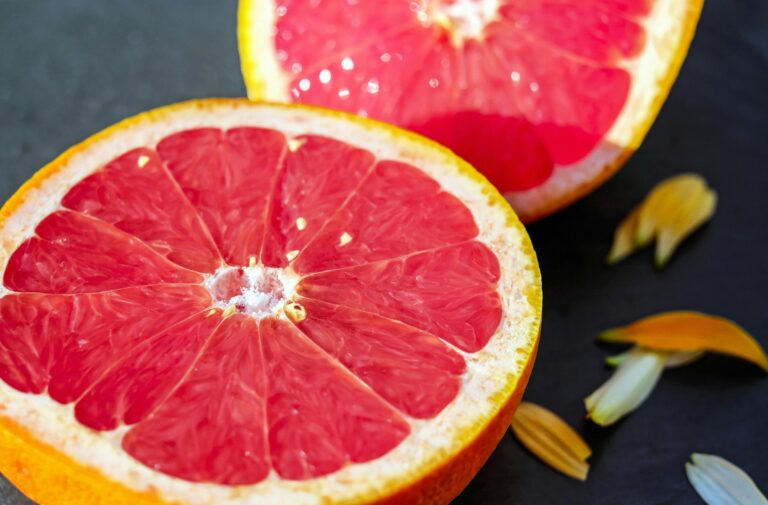
Why Understanding Interactions Matters
CBD is remarkably safe and well-tolerated for most people — but like many natural compounds, it can influence how certain medications are processed.
Indeed, in my twenty years as an osteopath I have never seen anything work so well, for so many people, for so many problems with so little side effects.
Understanding the interactions with medication isn’t about fear; it’s about empowerment and safety. With awareness and communication, CBD can be used confidently alongside most conventional medicine.
How the Body Processes Medications
Most prescription drugs are metabolised in the liver by a family of enzymes known as cytochrome P450 (CYP450). These enzymes act like filters — deciding how quickly a medicine is broken down and cleared from the bloodstream.
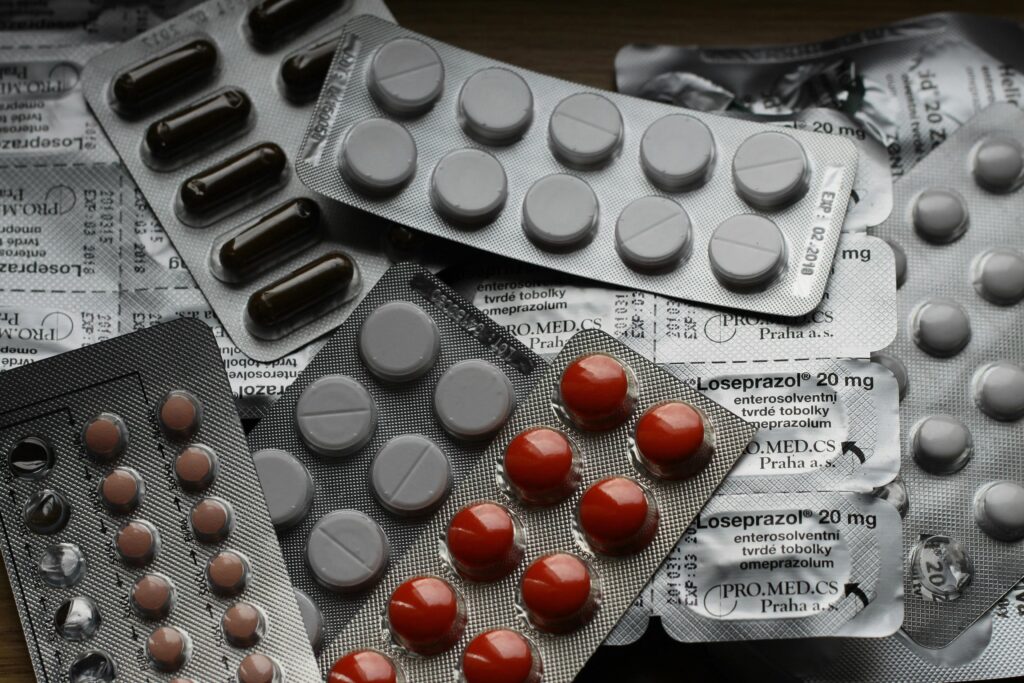
CBD, being a bioactive compound, can temporarily slow or modify the activity of certain CYP450 enzymes, particularly CYP3A4 and CYP2C19.
That means some medications may stay in the system slightly longer than usual.
What This Means in Practice
This doesn’t make CBD dangerous — but it does mean that timing, dosage, and communication matter.
If you’re taking medications that rely heavily on CYP450 metabolism, your healthcare professional may advise adjusting timing (e.g., taking CBD a few hours apart) or monitoring dosage more closely.
They may also tell you not to take CBD under any circumstances with whatever the medication is you are discussing with them. Do heed their advice but if you are not confident with what they have said then do seek a second opinion.
Medications processed by CYP3A4 include:
(Always check with a pharmacist or GP before combining.)

The Grapefruit Analogy
CBD is sometimes compared to grapefruit in this context. Grapefruit also inhibits CYP3A4, which is why people on certain medications are told to avoid it.
If your prescription carries a “grapefruit warning”, it’s wise to discuss CBD with your doctor before starting. The same enzyme pathway is involved.

And that is, without a doubt, the easiest way to check if CBD interacts with emds. Just check the leaflets for any mention of grapefruit or grapefruit juice.
Safe Timing Strategies
To reduce overlap, many users take CBD 2–4 hours apart from prescription medications.
This allows the liver time to process one substance before another.
Consistency is key: taking CBD at the same time each day helps the body adapt and reduces unpredictable interactions.
Please only take this path with the support of your health professional.
I accept you may know your body better than anyone else but some expert advice is useful.
As an example I had a patient who took CBD with her medication and she said it made her feel weird but when she took it at the other end of the day to her meds she felt great.
Dosage and Individual Sensitivity
CBD’s effects depend on:
Start low (e.g., 5–10 mg/day) and increase gradually while monitoring how you feel.
If using higher doses (>70 mg/day in the UK), always discuss with a clinician.
Generally I would not suggest you use high doses for prolonged periods, it can tax your liver.
How to Talk to Your Doctor About CBD
Some people feel nervous mentioning CBD to healthcare professionals. In reality, most clinicians appreciate the transparency.
Here’s how to approach it:
This transforms CBD from a private experiment into a collaborative wellness plan.
The Importance of Product Quality
Low-quality or mislabelled CBD products pose greater risks than CBD itself. Sazdly there are many very poor quality CBD products out there dressed up in nice packaging.
To ensure safety:
CBD One’s oils and all our products undergo third-party testing for purity, potency, and consistency — ensuring what’s on the label is exactly what’s in the bottle.
We setup CBD One in 2017 to counter the immoral practice of many CBD companies with our motto of ‘integrity over profit’ something we stand by to this day.
When to Pause or Adjust Use
If you experience unexpected drowsiness, dizziness, or changes in how your medications feel, pause CBD and consult your doctor.
This doesn’t mean it’s unsafe — simply that your metabolism may be slower than average, or a dosage adjustment is needed.
Remember: the goal is harmony, not complication.
The Broader Picture — Working With Nature, Not Against It
CBD represents the intelligence of the plant world — the ability to fine-tune rather than dominate.
By learning how it fits with our bodies and our medications, we align with that intelligence rather than fighting it.
“The safest medicine is the one taken with understanding.”
If you compare CBD to pharmaceutical preparations, pharma meds push your body in a direction they want it to go in. CBD holds your hand and walks down the street with you, you can’t have a more pleasant experience than that can you?

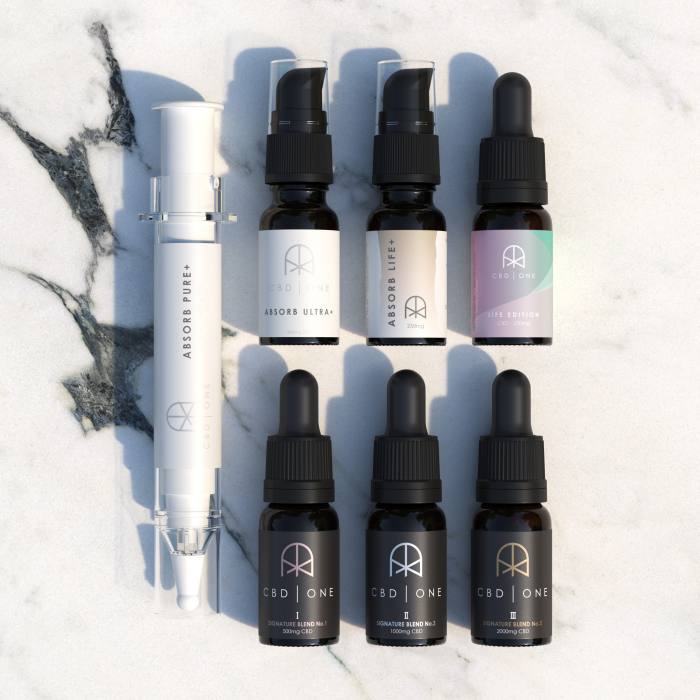
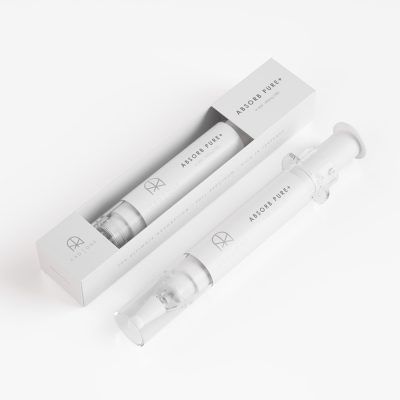
Bioavailability:?Bioavailability | 99% |
CBD content:?CBD content | 800mg | 1600mg | 4000mg |
Cannabinoid spectrum:?Cannabinoid spectrum | Full |
| Daily use: | Once daily |
Best for:?Best for | Powerful water-soluble option |
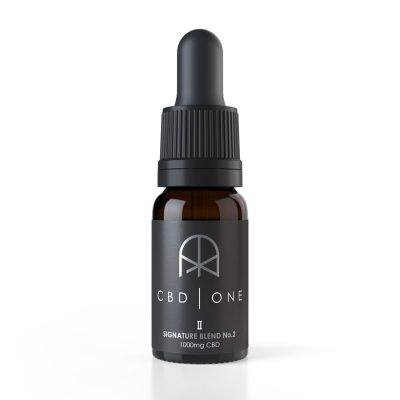
Bioavailability:?Bioavailability | 12 % |
CBD content:?CBD content | 1000mg | 2000mg | 5000mg |
Cannabinoid spectrum:?Cannabinoid spectrum | Full |
| Daily use: | 1-3 times |
Best for:?Best for | All round oil |
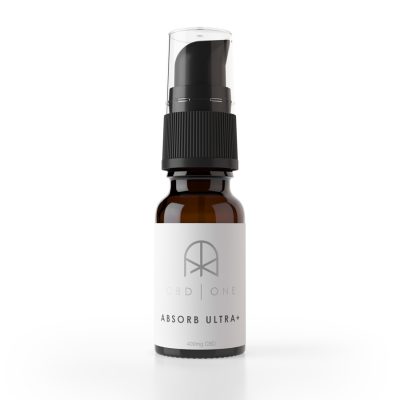
Bioavailability:?Bioavailability | 99% |
CBD content:?CBD content | 400mg | 800mg | 2000mg |
Cannabinoid spectrum:?Cannabinoid spectrum | Full |
| Daily use: | Once daily |
Best for:?Best for | Great all-rounder |
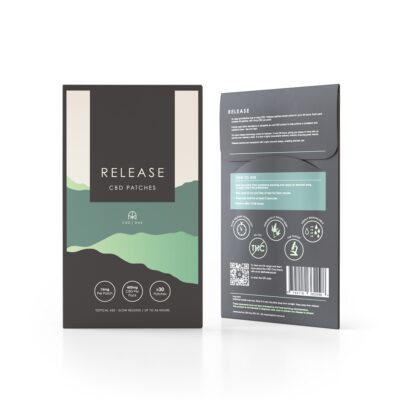
Bioavailability:?Bioavailability | 40%+ |
CBD Content:?CBD Content | 450mg | 900mg | 1350mg |
Cannabinoid spectrum:?Cannabinoid spectrum | Pure CBD |
| Daily use: | Once |
Best for:?Best for | Round the clock super-effective dosing |